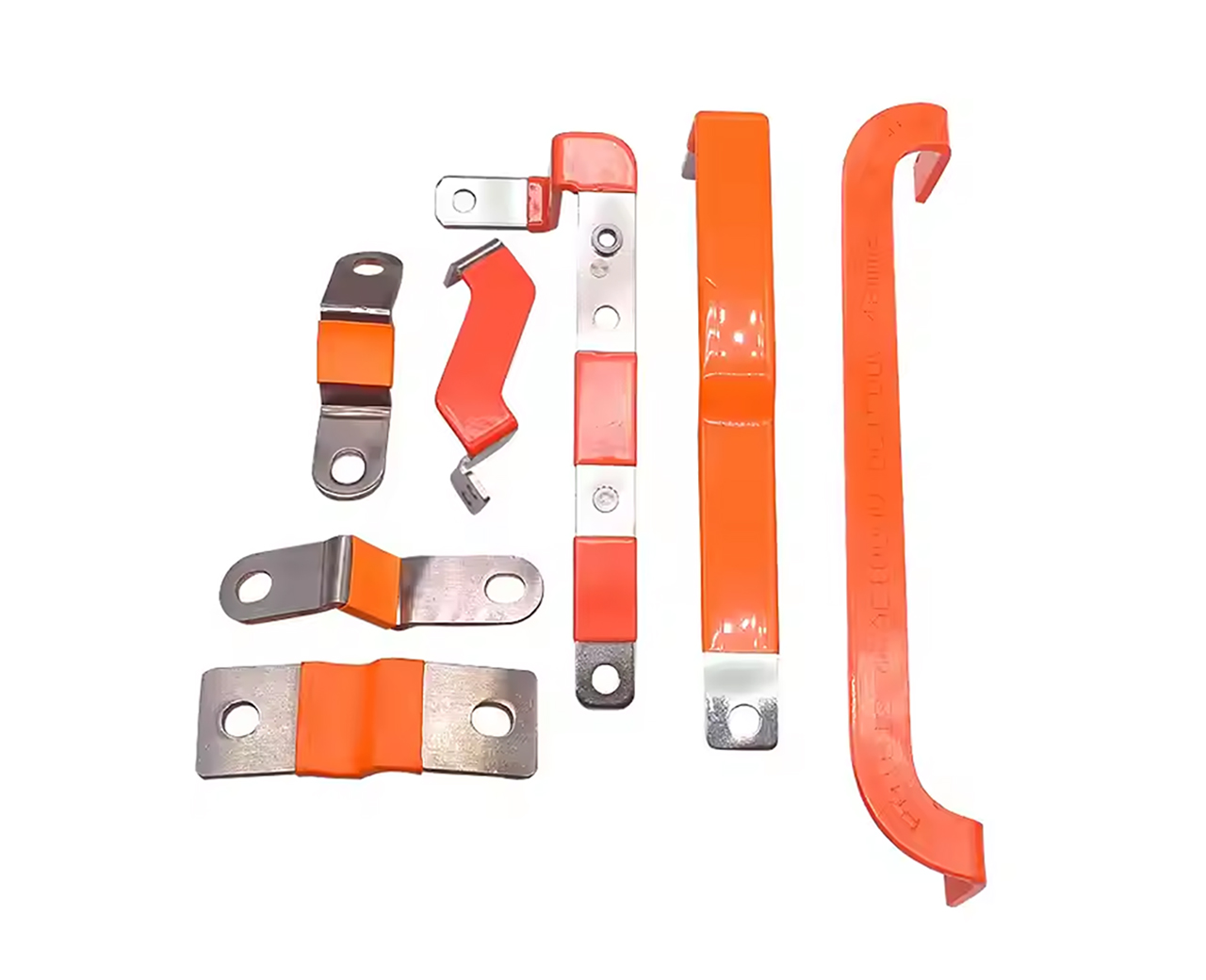2025-11-07 10:15:47
A busbar (also known as electrical bus bar) is a metal conductor used for distributing and collecting electricity within a power system. Unlike electrical cables, a busbar is not round or flexible like a wire. Instead, a busbar looks like a flat and solid metal strip, usually wide, thick, and short, designed to carry high electrical current with minimal power loss.

A busbar is a central node in power distribution. It is commonly found inside switchgear, distribution boards, battery systems, inverters, substations, and renewable energy systems. A busbar ensures that power is efficiently transmitted between electrical components.
A busbar typically has the following characteristics:
| Feature | Description |
|---|---|
| Shape | Flat, rectangular, or sometimes cylindrical |
| Material | Usually copper or aluminum |
| Structure | Thick and wide to support heavy current flow |
| Connection | Often has drilled holes for bolt-on or clamp connections |
| Appearance | Solid metal bar with smooth or laminated surfaces |
So, visually, a busbar looks like a rigid metal strip, not a cable.
The main function of a busbar is to:
Conduct high currents safely
Distribute electrical power between components
Reduce power loss and improve efficiency
Ensure stable and organized power distribution
Busbars are used anywhere electrical power must be moved efficiently:
Power stations and substations
Industrial equipment and control cabinets
Electric vehicles and energy storage systems
Solar power and battery banks
Data centers and telecom power systems
A busbar system refers to the structured arrangement of multiple busbars connected to circuit breakers, transformers, switches, and wiring systems. This layout:
Simplifies electrical routing
Improves safety
Enables easier maintenance and expansion
Made from high-conductivity copper
Reddish metallic color
Rigid and strong, suitable for heavy current applications
Silver-grey material
Lighter than copper
Used in cost-sensitive or weight-restricted systems
Used where vibration, thermal movement, or space constraints exist
Can bend without fatigue
Made from braided or laminated copper strips
Looks like stacked thin copper sheets covered in insulation
Similar structure but lighter and more economical
Busbars can be manufactured in different thicknesses and widths to handle different current ratings. Higher current requires:
Larger cross-section
Better thermal dissipation
So, what does a busbar look like?
It is a flat, thick, and solid metal strip — not a cable — generally made from copper or aluminum. Depending on system needs, busbars may be rigid or flexible, insulated or bare, and customized to specific voltage and current requirements.
Understanding what a busbar is, what a busbar is used for, and the function of busbar is essential for designing efficient and safe electrical systems. Whether you choose a solid copper busbar, aluminum busbar, or flexible busbar, the right solution ensures stable and reliable power distribution.